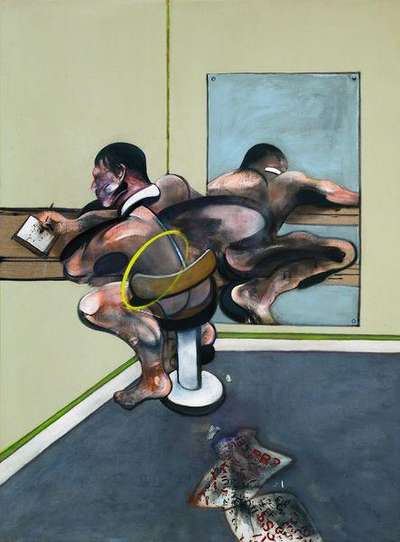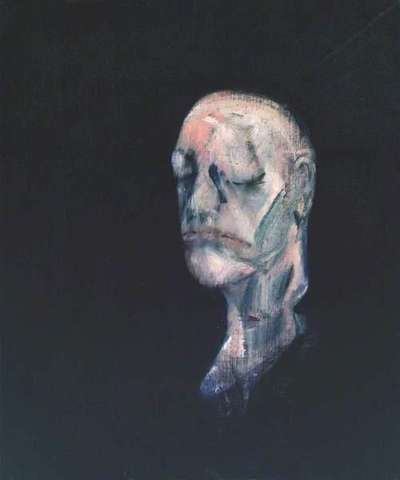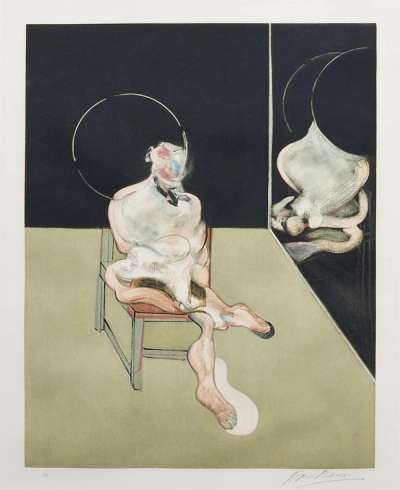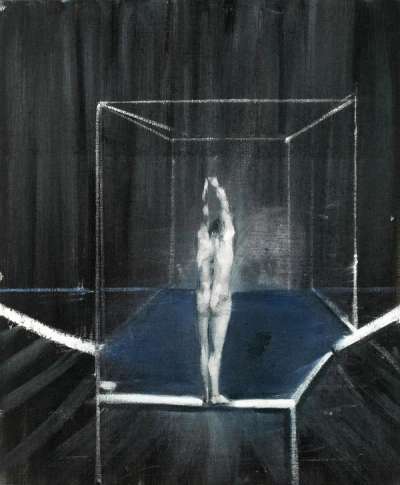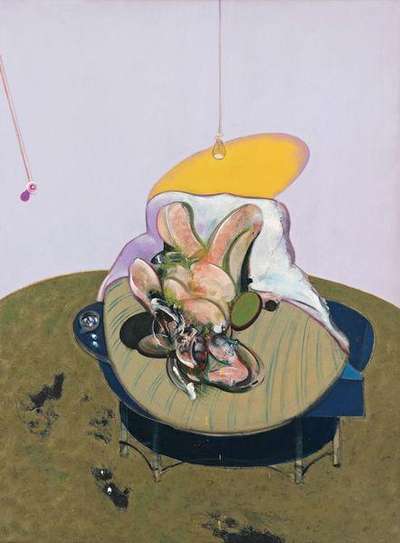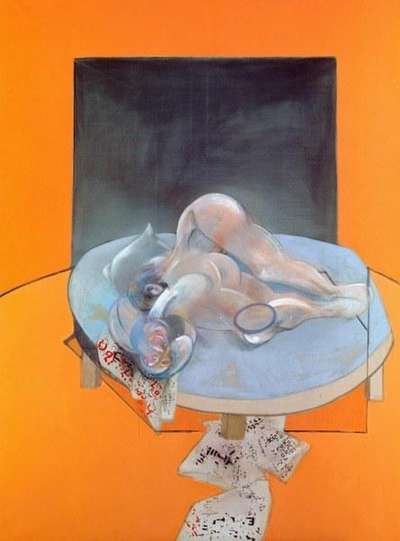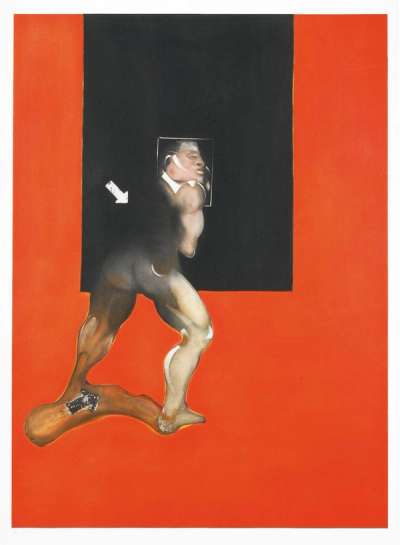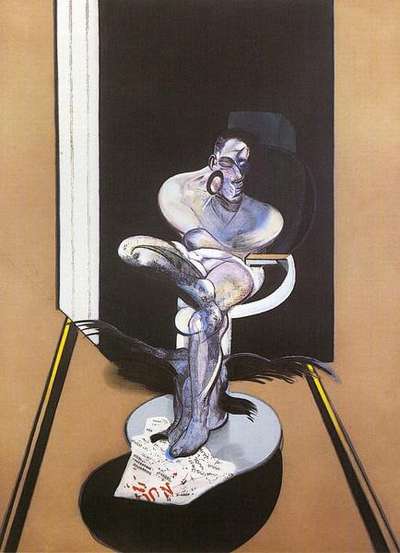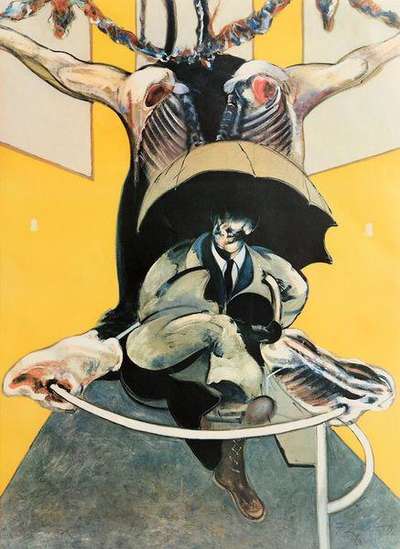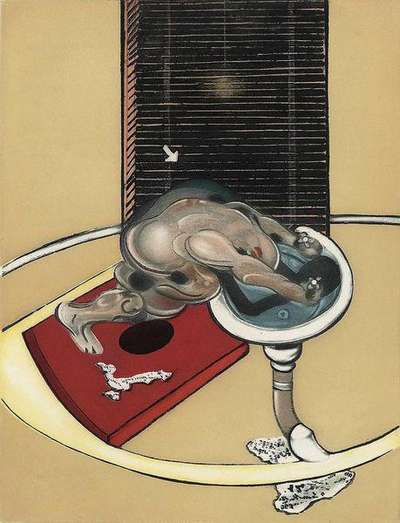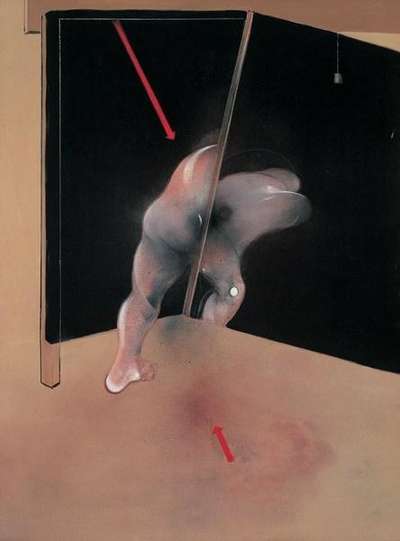
Study Of The Human Body From A Drawing By Ingres

Study Of The Human Body From A Drawing By Ingres
Signed Print
Francis Bacon
£6,500-£10,000Value Indicator
$13,000-$20,000 Value Indicator
$11,500-$18,000 Value Indicator
¥60,000-¥90,000 Value Indicator
€8,000-€12,000 Value Indicator
$60,000-$100,000 Value Indicator
¥1,250,000-¥1,920,000 Value Indicator
$8,000-$12,500 Value Indicator
AAGR (5 years) This estimate blends recent public auction records with our own private sale data and network demand.
There aren't enough data points on this work for a comprehensive result. Please speak to a specialist by making an enquiry.
Medium: Lithograph
Edition size: 180
Year: 1982
Size: H 86cm x W 61cm
Signed: Yes
Format: Signed Print
Track this artwork in realtime
Watch artwork, manage valuations, track your portfolio and return against your collection
Meaning & Analysis
Francis Bacon’s Study Of The Human Body From A Drawing By Ingres, from 1984, demonstrates Bacon’s ongoing interest in understanding and investigating human anatomy. This lithograph print is part of an edition size of 180.
The piece depicts a human torso with truncated legs cut off at the knee, sitting cross-legged on a platform. The body evokes visual features of sculpture from the classical Roman period in which fragmented bodies often expressed intense anxiety. The figure lacks detail and is rendered life-like only by shades of flesh tones. Like many of Bacon’s figures, the body rests upon a geometrical structure that expresses a feeling of isolation. A piece of paper rests on the leg of the body inscribed with illegible writing and a large red arrow pointing to the figure.
As is referenced in the title, Bacon often used the French Neo-Classical artist, Ingres, as an inspiration for his works. Classical themes such as Greek mythology, of which Ingres had made paintings of, also influenced Bacon in works such as Oedipus and The Sphinx (1984). He had a lifelong fascination with the artist and became particularly interested in his use of geometrical shapes and archaism in an attempt to produce ideal forms of the human figure.
Bacon encases the flesh-toned body in an interior of fiery orange hues. Each geometrical shape is given a slightly altered tone of red, orange or brown to illuminate the body in the centre. Such abrasive tones further express discomfort and alarming anxiety.
Irish-born artist, Francis Bacon, has produced some of the most famous paintings in the British Contemporary canon. The 20th century maverick's visceral and emotionally charged canvases redefined figurative art. Exploring harrowing themes of trauma, sexuality, religion and violence, Bacon forces the viewer to confront the human psyche and the dark realities of human emotion. Often working from memory or his own imagination, there is a clear morphing of influences on Bacon’s work. An unusual combination of imagery is the result of his exposure to canonical artists such as Velazquez, Picasso and Rembrandt alongside his exploration of medical textbooks and photographic stills.
